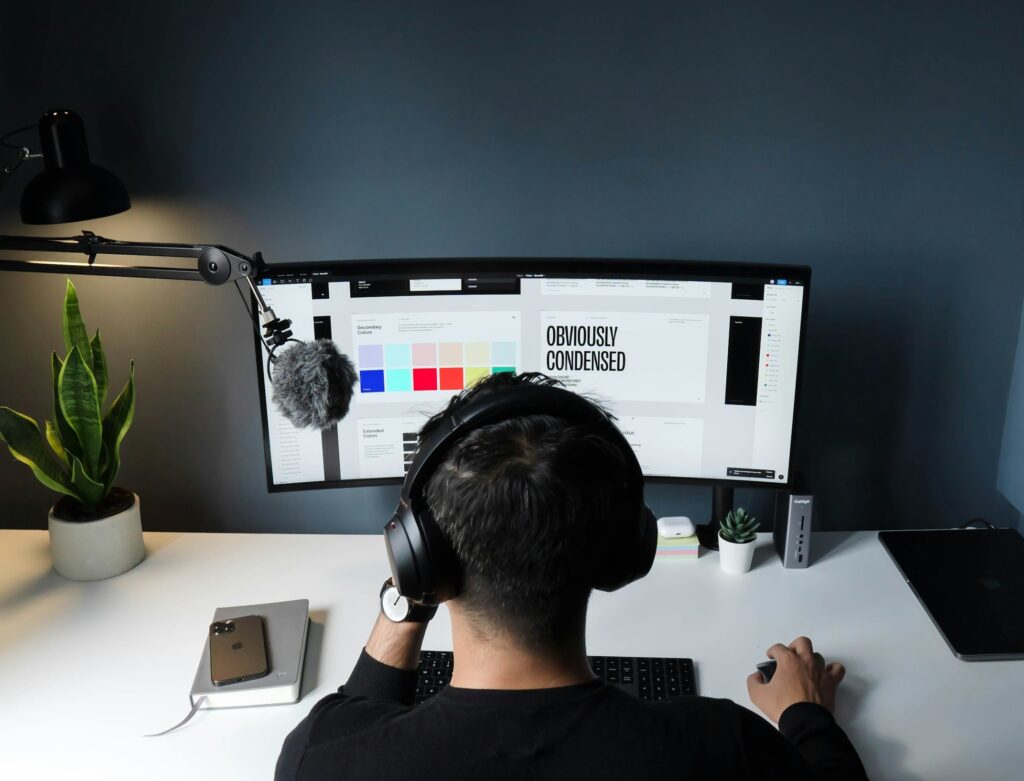A product designer’s role seamlessly merges user needs with innovative design, balancing creativity and functionality. From the inception of an idea to the final product, these professionals ensure an engaging and effective user experience. This article delves into the multifaceted responsibilities of product designers, the essential skills needed to thrive in this field, and the diverse career paths available.
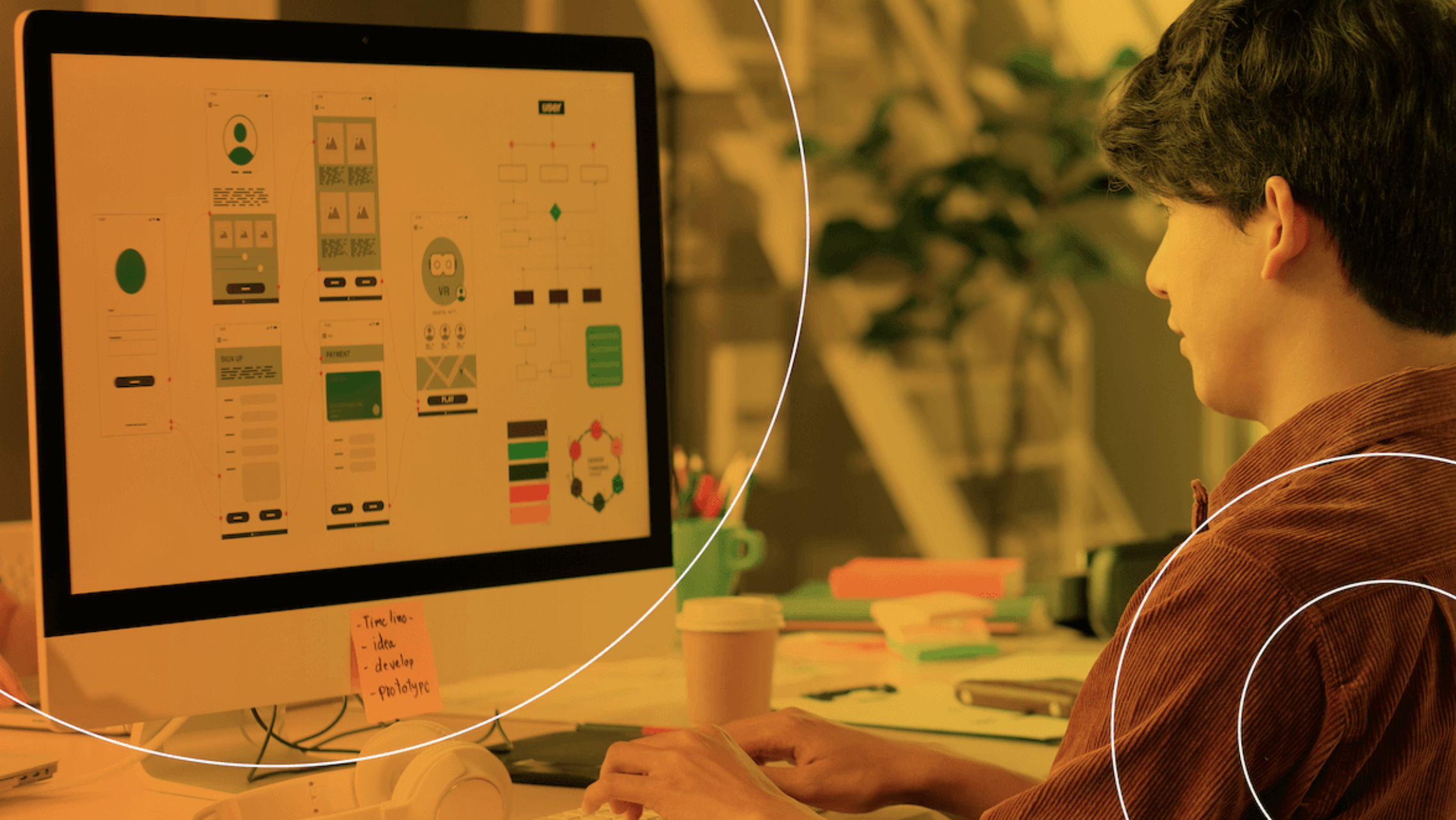
Who is a Product Designer?
Product designers are crucial in developing applications, websites, and software. They possess a deep understanding of user experience (UX) design, focusing on creating elements that are both engaging and user-friendly. The journey of a product designer begins with gathering user insights through focus groups, interviews, and surveys. These insights then set clear objectives and goals for the product before the wireframing and prototype development phases begin.
Following this, UX designers utilize detailed sketches and tangible examples to build a prototype, incorporating critical components for successful product design. Product designers leverage cutting-edge technology and user feedback to create visually appealing and highly functional products. They ensure the final product seamlessly meets user needs by overseeing the complete UX design process from analysis to implementation.
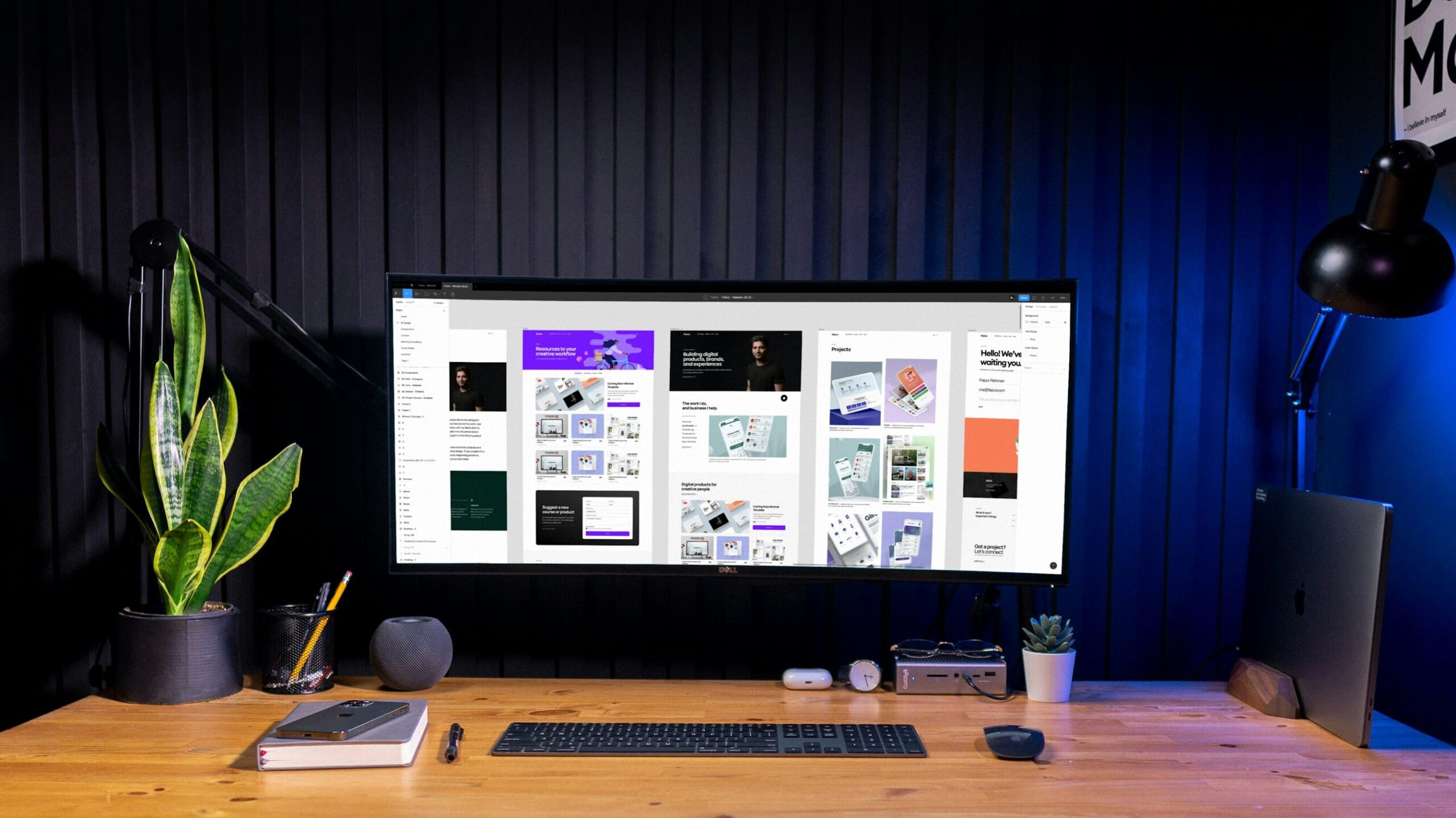
What is a Product Design System?
A product designer also maintains a product design system, a foundational resource that streamlines the design and development process. This system includes reusable elements, design patterns, and guidelines that ensure consistent and harmonious product construction. Components range from basic elements like typography and color schemes to more complex aspects like interface components and animations. By utilizing a design system, teams can avoid reinventing the wheel for each new project, thus ensuring a unified and seamless look and feel across products. This approach expedites the design process and enhances user experience by maintaining design cohesion.
Key Responsibilities of a Product Designer
User-Centered Design
Conducting user research to understand the target audience’s needs, preferences, and pain points, informing design decisions throughout the product development cycle.
Conceptualization and Ideation
Brainstorming and generating innovative concepts that address user needs and align with product goals.
Prototyping and Wireframing
Creating wireframes and prototypes to visualize the product’s functionality and appearance, serving as blueprints for development teams.
Visual Design
Choosing color schemes, typography, and visual elements that are aesthetically pleasing and convey the brand’s identity.
Usability and User Testing
Conducting usability tests, gathering user feedback, and iterating on designs to improve usability and user experience.
Collaboration
Working closely with cross-functional teams, including developers, product managers, and marketers, to ensure design aligns with product objectives and technical constraints.
Adaptation and Flexibility
Be open to feedback and willing to adjust design based on changing requirements, user feedback, and emerging trends.
Staying Current
Keeping up with design trends, tools, and technologies to create contemporary and innovative designs.
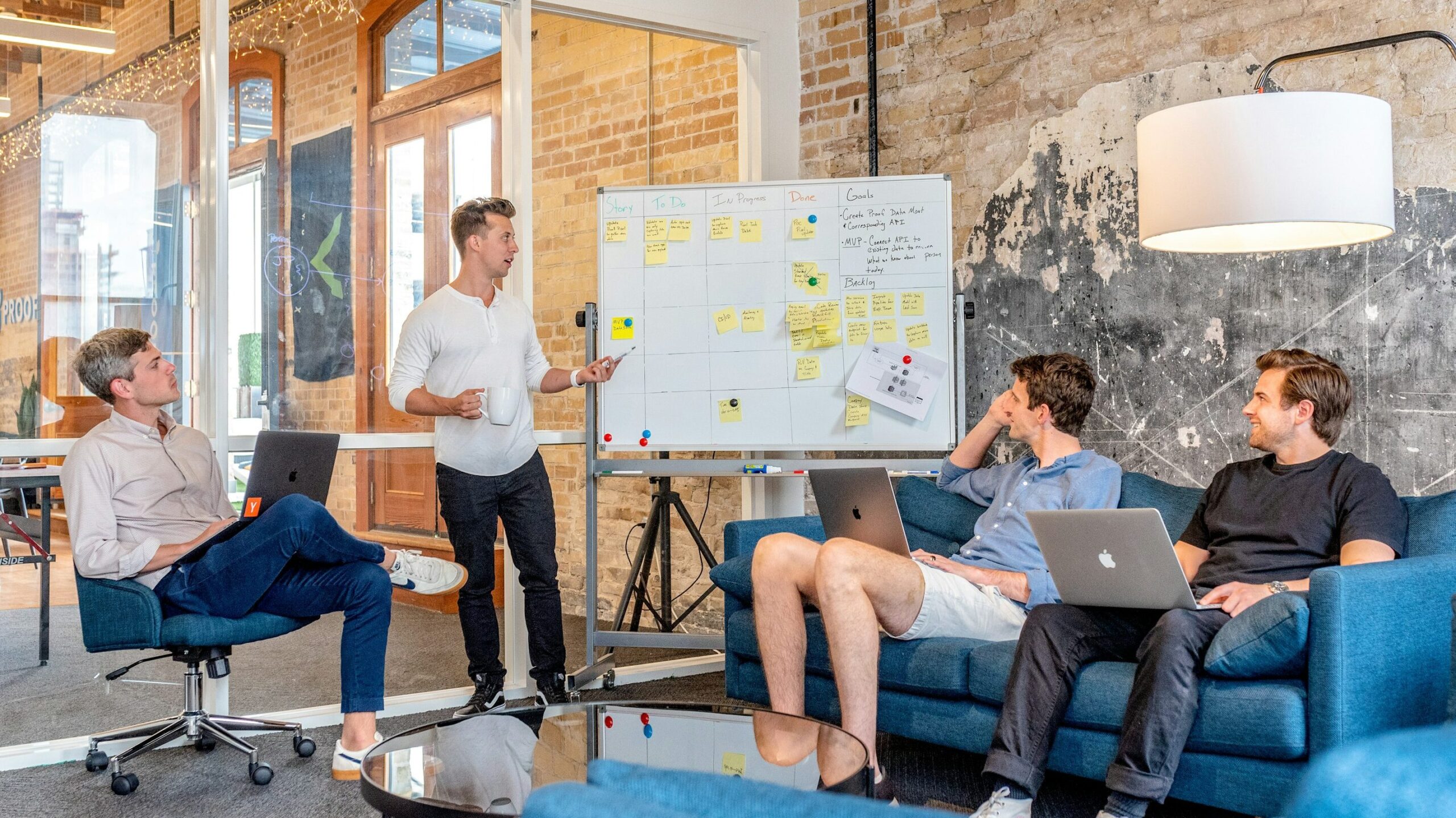
Career Opportunities in Product Design
The field of product design offers numerous career paths, each with its unique focus and responsibilities:
- Product Designer: Responsible for the overall design of a product, ensuring it meets user needs and aligns with company goals. This role involves concept development, prototyping, and visual design creation.
- User Experience (UX) Designer: Specializes in creating exceptional user experiences by conducting user research, designing wireframes and prototypes, and optimizing product usability.
- User Interface (UI) Designer: Focuses on the visual aspects of a product’s interface, including selecting color schemes, typography, and visual elements to create an appealing design.
- Interaction Designer: Designs interactive elements like buttons, navigation, and animations to make the product intuitive and engaging.
- Product Manager: Defines the product’s strategic direction, sets priorities, manages the product roadmap, and ensures design aligns with business goals.
- Design Researcher: Gathers and analyzes user insights to inform the design process, guiding product designers in making informed decisions.
- Design Director/Lead: Oversees a team of designers, sets design standards, provides guidance, and ensures the team’s work aligns with the company’s vision.
- Design Educator/Instructor: Teaches design principles and techniques at educational institutions, mentoring the next generation of designers.
- Freelance/Product Design Consultant: Works independently on project-based assignments for various clients, offering flexibility and exposure to diverse projects.
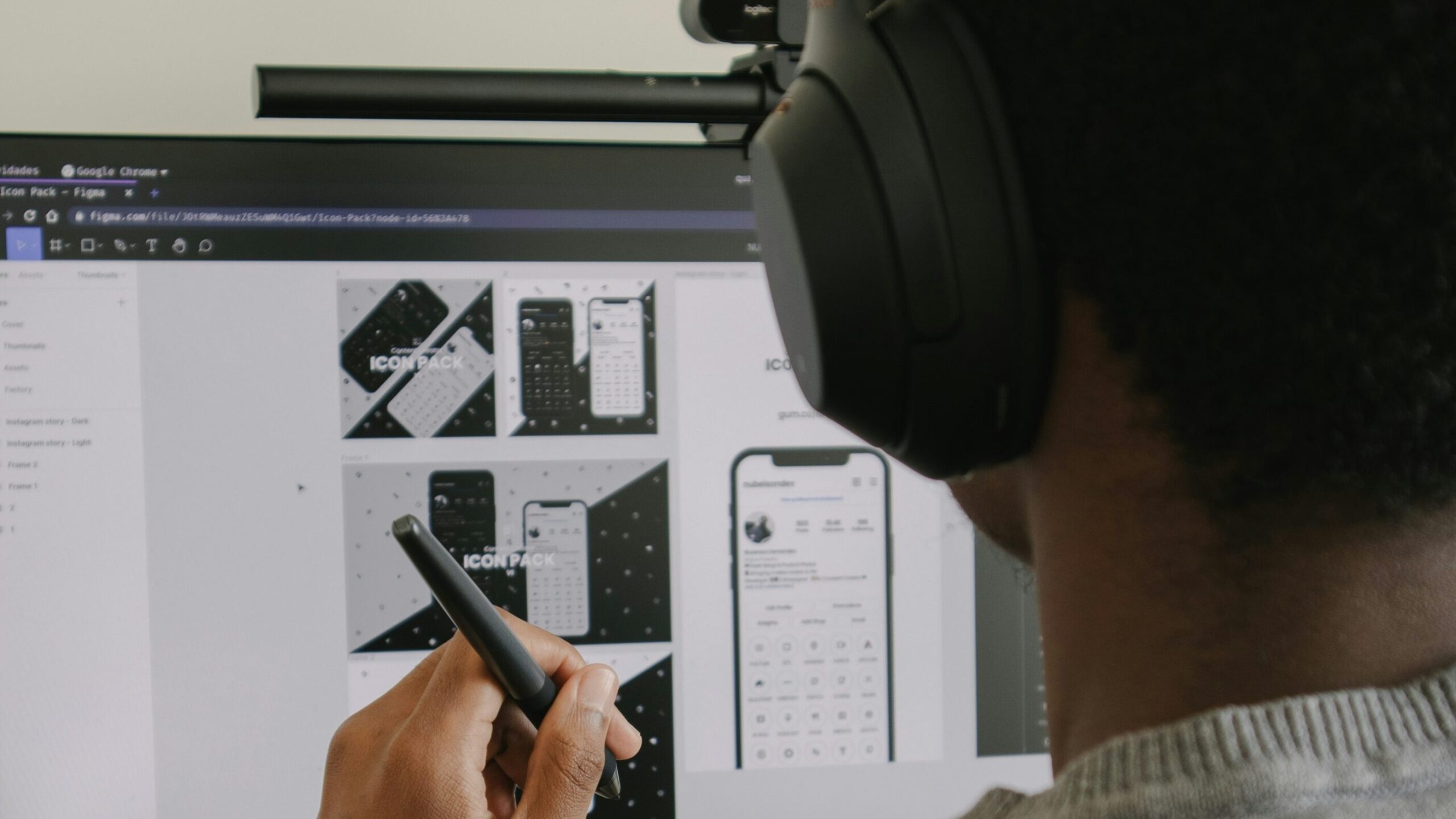
Expanding on Responsibilities and Skills
Beyond the core responsibilities, product designers often engage in several other tasks that further define their role. They must:
- Stay Engaged with Industry Trends: Keeping up with the latest trends in design, technology, and user behavior is crucial. Designers attend conferences, participate in webinars, and engage with the design community to stay informed.
- Develop a Strong Portfolio: A well-curated portfolio showcases a designer’s best work, highlighting their skills and creativity. This portfolio often serves as a key tool in job applications and career advancement.
- Enhance Communication Skills: Effective communication is vital for presenting ideas to stakeholders, collaborating with team members, and gathering user feedback. Product designers must articulate their design choices clearly and persuasively.
- Learn and Adapt to New Tools: The design industry continually evolves with new software and tools. Designers must quickly learn and adapt to these tools to remain efficient and competitive.
- Embrace a Multidisciplinary Approach: Understanding the basics of related fields like marketing, psychology, and business can enhance a designer’s ability to create more effective and holistic designs.
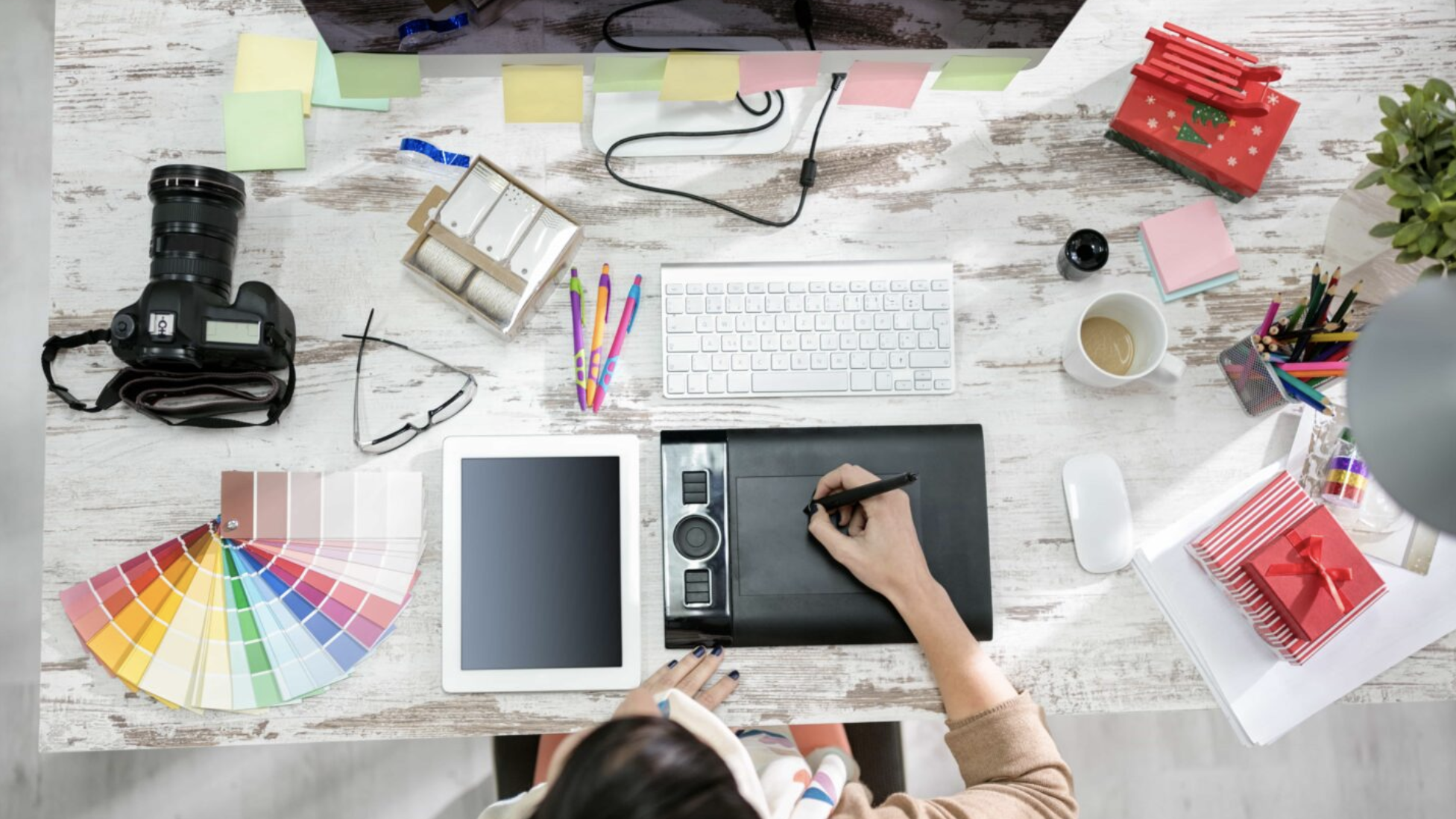
Exploring Further Career Paths
In addition to the main career paths, several niche roles within product design offer specialized opportunities:
- Accessibility Designer: Focuses on creating products that are accessible to people with disabilities, ensuring compliance with accessibility standards and enhancing the user experience for all.
- Service Designer: Designs the overall experience of a service, considering all touchpoints and interactions between the user and the service provider.
- Game Designer: Specializes in designing the mechanics, storylines, and user interfaces for video games, requiring a blend of creativity and technical knowledge.
- Design Strategist: Combines business strategy with design thinking to align design initiatives with the company’s long-term goals.
- Information Architect: Organizes and structures content in a way that makes it easy for users to find and understand information.
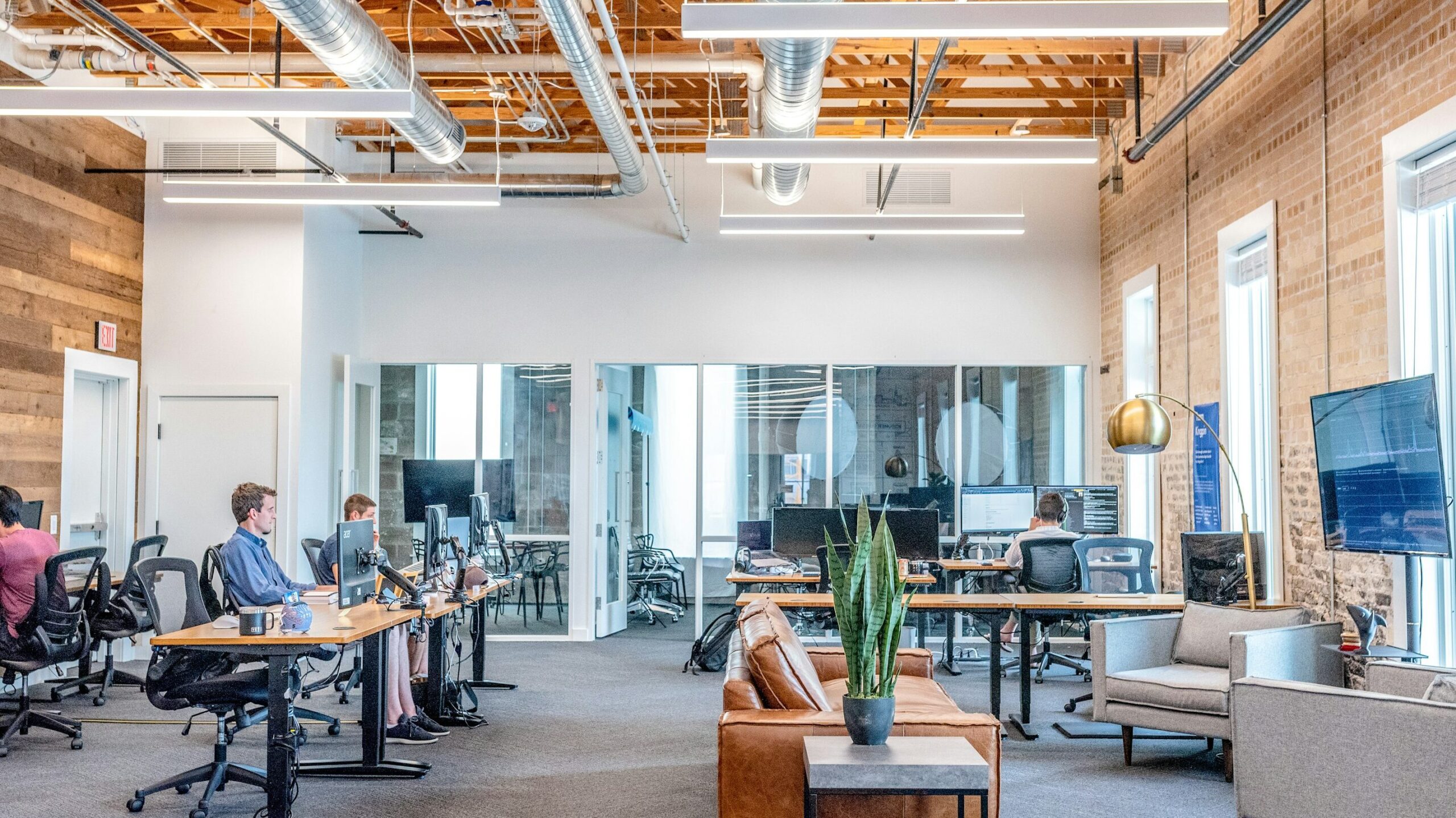
The Impact of Product Design on Businesses and Users
Product design significantly impacts both businesses and users. For businesses, well-designed products can lead to increased customer satisfaction, brand loyalty, and market differentiation. A product that is easy to use and visually appealing can enhance the user experience, leading to higher user engagement and retention rates.
For users, good product design means a seamless, intuitive, and enjoyable interaction with the product. It can reduce frustration, improve efficiency, and create a positive emotional connection with the brand. By prioritizing user needs and expectations, product designers contribute to creating products that genuinely improve people’s lives.
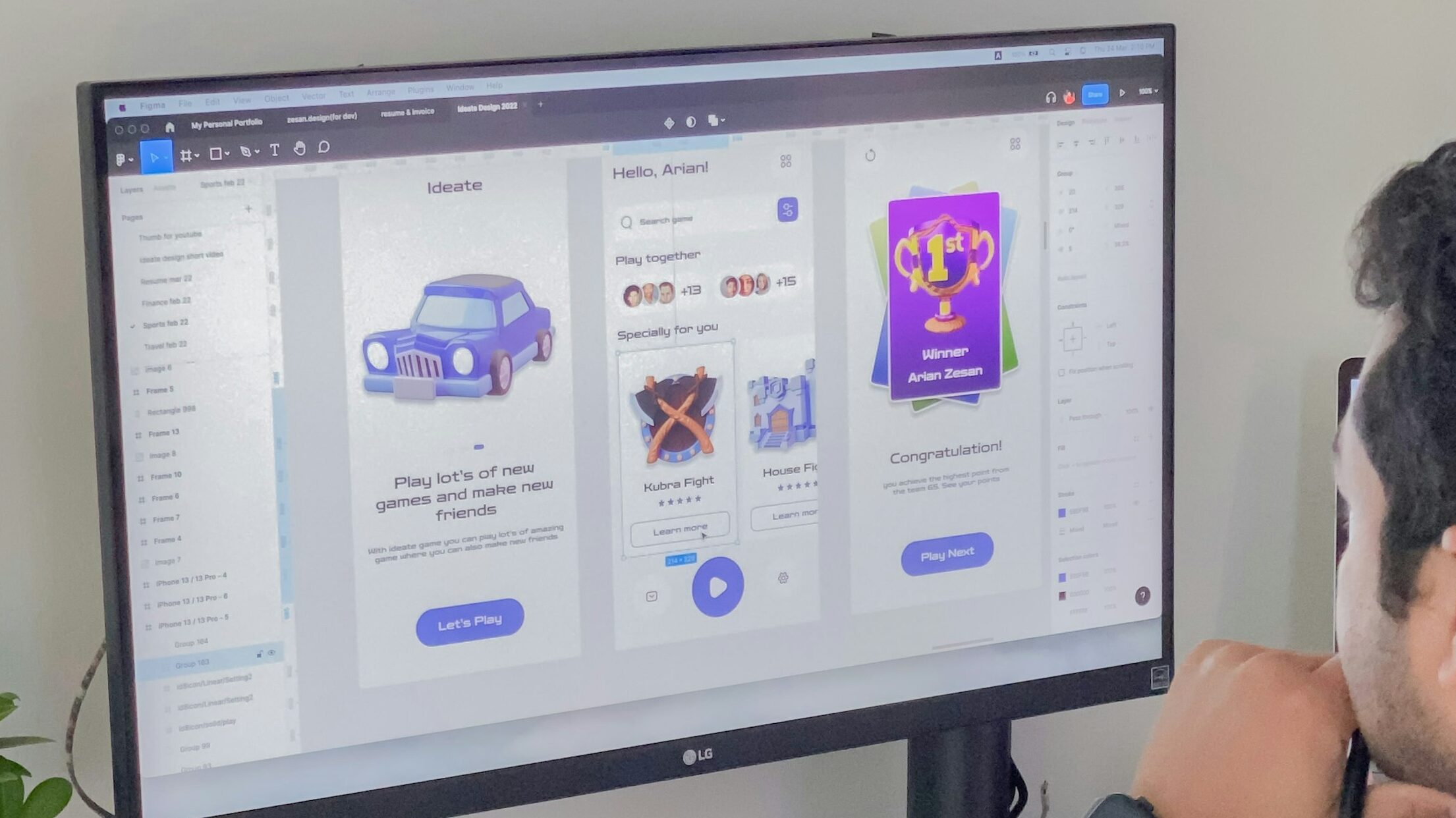
The Future of Product Design
The future of product design holds exciting possibilities with advancements in technology. Artificial intelligence (AI) and machine learning are set to revolutionize the design process, enabling designers to create more personalized and adaptive products. Virtual and augmented reality (VR/AR) will offer new dimensions of user interaction, transforming how users experience digital and physical products.
Sustainability will also play a crucial role in future product design. Designers will increasingly focus on creating products that are not only user-friendly but also environmentally responsible. This includes using sustainable materials, reducing waste, and designing for recyclability and longevity.
In conclusion, the field of product design is dynamic and ever-evolving. It offers a rich tapestry of opportunities for those who are passionate about blending creativity with functionality to solve real-world problems. By staying informed, honing their skills, and embracing new technologies and trends, product designers can continue to make a significant impact on both businesses and users. For those looking to embark on this rewarding career path, the possibilities are truly endless.
Related Posts:
Unveiling the Magic: UI vs. UX Design
Design’s Hidden Ally: Power of UX Research
The Ultimate Guide to Effective Design Team Management
Understanding and Applying User-Experience Research Methods
